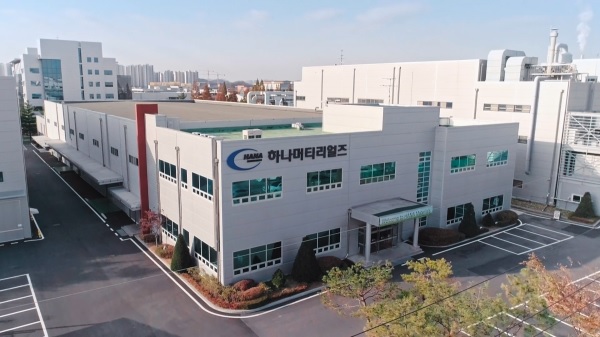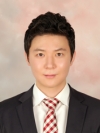
Silfex, Lam Research’s subsidiary in South Korea, is facing problems with producing silicon (Si) rings, TheElec has learned.
This is due to the COVID-19 pandemic that is preventing production staff from going to work normally.
Lam Research was considering procuring Si rings from Hana Materials as an alternative, people familiar with the matter said.
Si ring, or focus ring, is used to fasten the wafer on etching equipment. It is slightly wider than a wafer used to wrap them. It is a disposable product that is swapped after it is worn. More focus rings are being used due to increased use of the etching process in semiconductor production.
If Hana Materials succeeds in supplying large quantities of Si rings to Lam Research, it will allow it to reduce its reliance on its main customer Tokyo Electron. However, Tokyo Electron is also Hana’s second largest shareholder, and it remains to be seen whether it will allow an increased supply to Lam Research, its competitor, to happen. Lam Research will, on principle, consider Si rings made by subsidiary Silfex above others. Once Silfex normalizes operation after the pandemic settles down, any new gains by Hana may be lost again.
Hana Materials is expecting supply volume to increase in the third quarter. Its current supply to Lam Research is negligible __ in 2020, it was around 400 million won, or 0.2% of its sales of 200.6 billion won. These has been no noticeable increase since 2019, when Hana began supplying the rings to Lam Research.
Majority of the Si rings used by Lam Research currently is manufactured by Silfex. Silfex, however, is currently unable to operate its factory at 100% despite high demand caused by the current boom in the semiconductor market, one of the person said.
Hana Materials supplies Si rings to Tokyo Electron, Applied Materials, Semes and Lam Research. Tokyo Electron accounted for 80% of its sales in 2020. Semes and Applied Materials accounted for 9% and 8%, respectively.
In 2019, the company built a new factory at Asan to expand its production capacity. The factory was built at an area of 50,000 meter-square, taking up 33,000 meter-square. This is over double the size of its factory in Baekseok, which was built in an area of 20,000 meter-square, taking up 17,000 meter-square. The Asan factory also has over double the production capacity of its counterpart at Baekseok, where Hana Materials has its headquarters.
The Baekseok plant’s products are mostly supplied to Tokyo Electron. The Asan plan manufacturers products for Lam Research, Applied Materials and Semes. Silicon carbide (SiC) rings are also made there, which is supplied to Tokyo Electron.
Hana Materials won orders from companies besides Tokyo Electron between 2017 and 2018, the semiconductor market boomed, another person familiar with the matter said. But it couldn’t win as much as it wanted due to limited production capacity. It built the Asan plant to expand its customer base while maintaining its steady supply to Tokyo Electron, they said. The company is likely to see large increases in Si ring supply to Lam Research as Silfex is facing difficulty and the semiconductor market is currently booming, they added.

